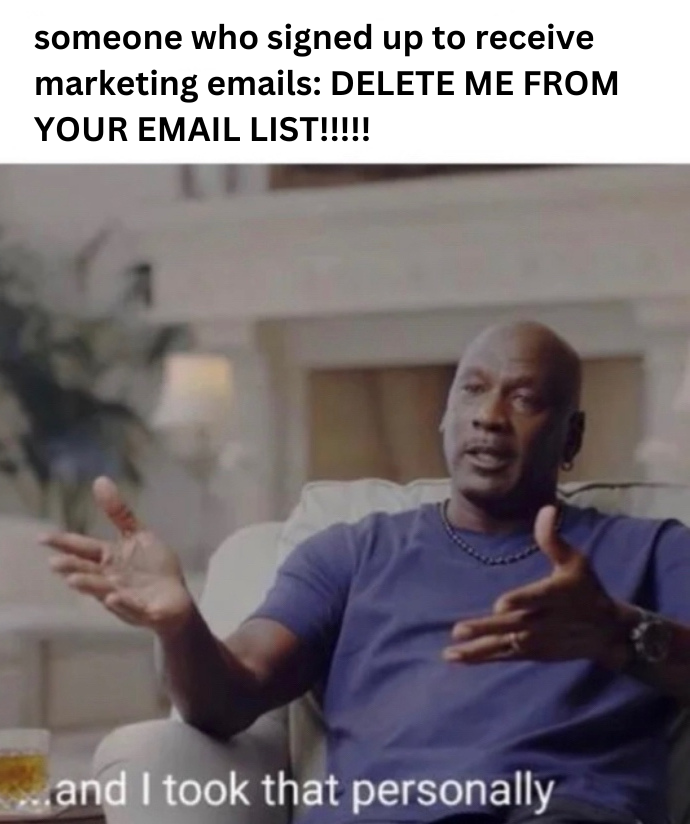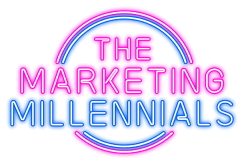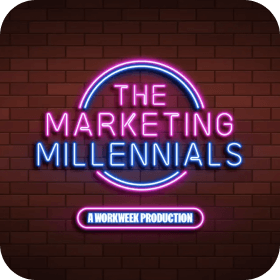How A Fine From The NBA Helped Build The Biggest Basketball Brand Of All Time
Who is the GOAT?
Tom Brady?
Serena Williams?
LeBron James?
Lionel Messi?
Simone Biles?
Well, if you ask your dad, there’s only one answer… Jordan. When we think of basketball greatness, we think of MJ. His name is synonymous with excellence, and anyone even approaching greatness is instantly compared to him. Jordan is the gold standard, the measure by which every other player is judged.
But there was a time when “Jordan” wasn’t synonymous with greatness. A time when he wasn’t the GOAT but just a kid from North Carolina trying to prove himself.
So how did he, and his brand, become the icon they are today?
If you’ve seen Air, you know a small part of the story.
This is the story of how a BAN built a BRAND.
This is… JORDAN.
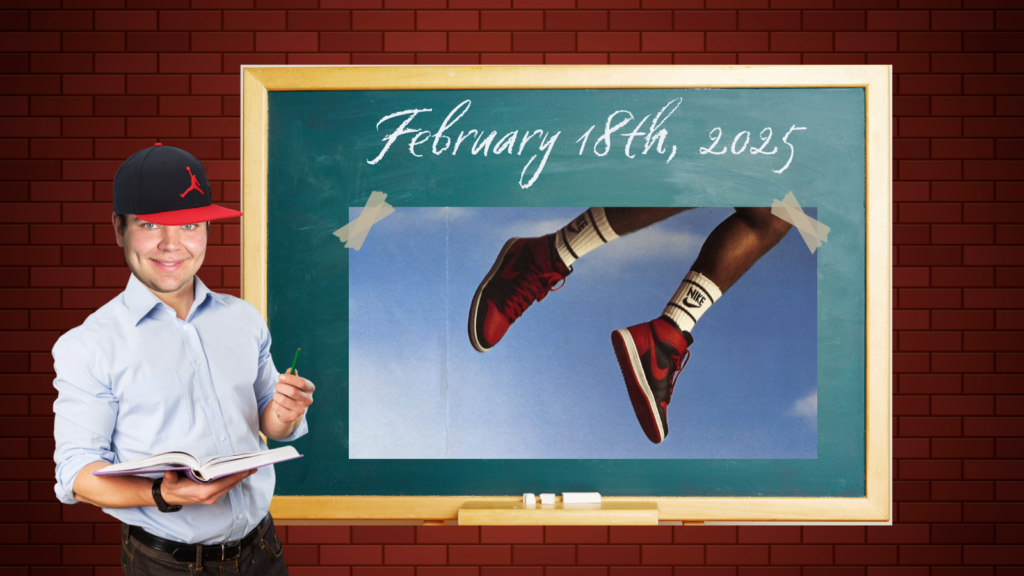
The year is 1984 and Nike is about to exit the basketball business.
Megabrands like Converse and Adidas were dominating the game and had every good player signed to their promotional roster.
Larry Bird? Converse.
Kareem Abdul-Jabbar? Adidas.
Magic Johnson? Converse.
Bill Walton? Sandals (but he was one of a kind, RIP).
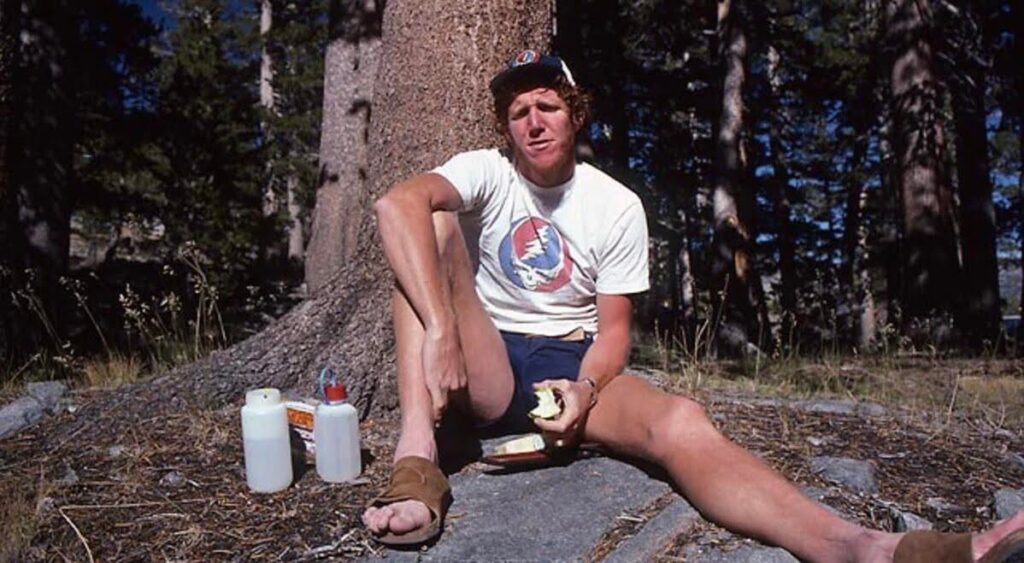
You might be cool but you’ll never be “Bill Walton finding out he was the first overall draft pick while hitchhiking” cool (via Reddit)
Level up your marketing game
Zero BS. Just fun, unfiltered, industry insights with the game-changers behind some of the coolest companies from around the globe.
No spam. Unsubscribe any time.
Nike was stuck playing catch-up, signing mid-tier players, and praying one would turn into a superstar. But year after year, it never worked.
So they decided to try something different.
Instead of going after a bunch of mid-tier players, Nike would go after ONE player they thought they would be a star.
AKA they were gonna put all their eggs in one basket(ball player).
And that basket(ball player)’s name was Michael Jordan.
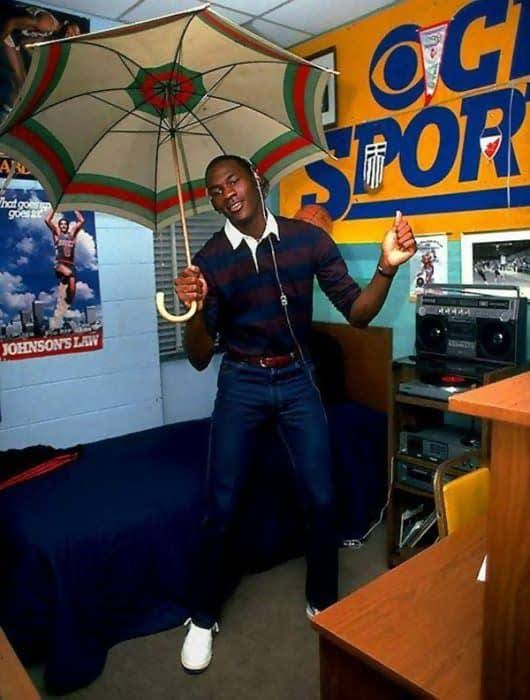
You might be cool but you’ll never be “Michael Jordan’s Dorm Room” cool (via ESPN)
For the time, this was pretty uncommon. More often than not, a brand would sign a bunch of rookie players to hedge their bets and maximizing their chances of getting a star.
It didn’t matter if most of the players they signed were duds. Only ONE had to be good.
Michael was already stone-cold in his own right after hitting the game-winner in the 1982 National Championship, but his future was still unwritten (Alexa play Natasha Bedingfield). He could suffer a bad injury or just not live up to the hype in the pros, and Nike’s basketball division would be dead on arrival.
But that was only IF they got Jordan. And that was a BIIIIIIG IF.
Jordan already had a bidding war going. He’d talked with Converse and Adidas and was planning to sign with Adidas.
Why Adidas?
For one, Adidas was his favorite shoe. Adidas was the shoe that everyone wore, and not just basketball players.
RUN DMC, for example, had already solidified Adidas as a cultural icon, not just on the court, but in hip-hop and street culture with their hit song “My Adidas.”
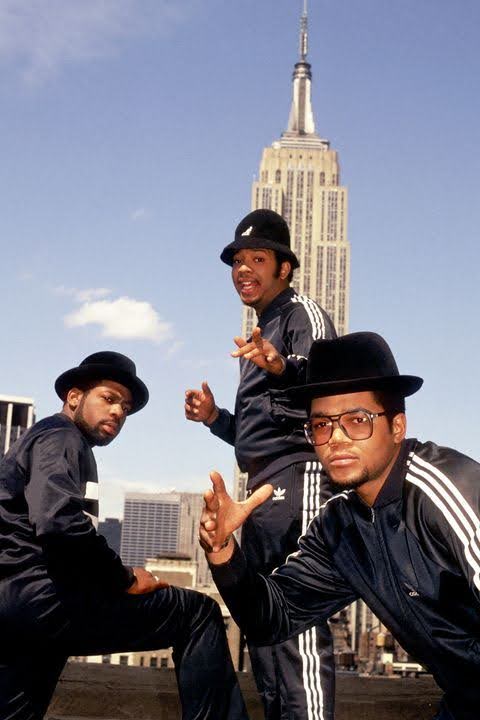
You might be cool but you’ll never be… Ok, you get the idea. (via Pinterest)
Adidas was certifiably COOL.Nike on the other hand… not so much.
Nike was the runner’s shoe. Born out of the University of Oregon’s track program, Nike was a brand by runners for runners.
In 2025, that doesn’t sound so bad.
But here’s the thing, back then people didn’t really hit the pavement for fun or fitness like they do now.
It was all about sports, not casual exercise. Unless you were a track star, you weren’t wearing Nike.
But for Michael, it wasn’t just about the shoes. Adidas also offered him something very special…
A red Mercedes 380SL.
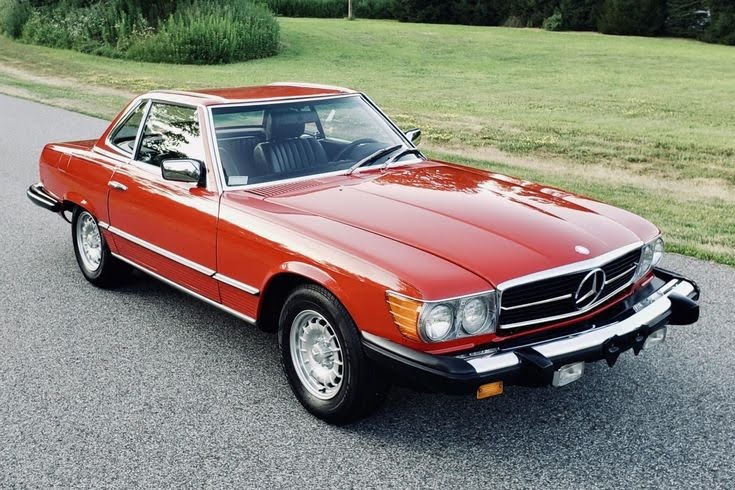
I’d take that deal.(via Bring A Trailer)
If Nike was going to win MJ, they were gonna have to make him an offer he couldn’t refuse:
1️⃣ $250K upfront (~$755K in today’s dollars)
2️⃣ His own product line and brand
3️⃣ (and best of all) A 5% royalty on every piece of Jordan merchandise sold
The deal was unheard of at the time. No athlete had ever been offered something like that before.
Nike was gambling big, but they knew they had something special with Jordan. And Jordan knew it too. The idea of having his own brand, his own line of shoes, was a game-changer.
So he took the deal and basketball would never be the same. Nike immediately got to work on the first shoe, codenamed “AIR SHIP” (which eventually would be known as the Air Jordan or the Jordan 1).
They wanted to make the shoe bold so instead of the white, crisp look of every other basketball shoe on the market, they’d make it black and red, to match the Chicago Bulls colorway.
Now you’re probably saying “Hmm, that’s weird. Why did no one else use different colorways back then?”
That’s a great question and I’m glad you asked it.
Back then, basketball shoes were all about fitting in with team uniforms.
As stated by the NBA players “must wear shoes that not only matched their uniforms, but matched the shoes worn by their teammates.” Additionally, they ruled that all shoes worn by players had to be at least 51% white.
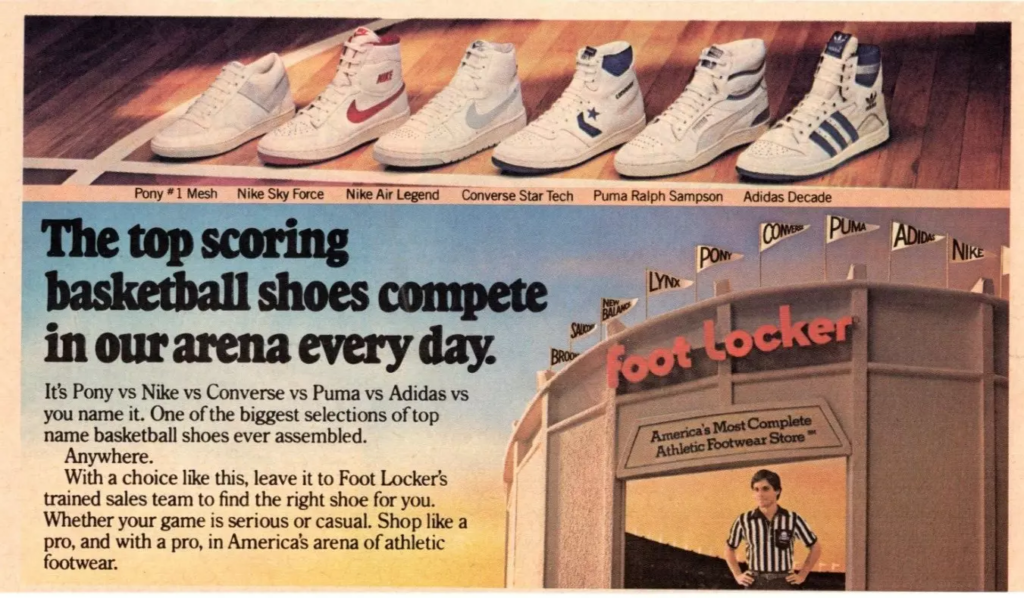
Blegh. (via eBay)
Swag was suspended but that wouldn’t stop Nike. Instead of caving in, Nike had Jordan wear the shoes anyway and promised to cover any fine the league threw at him.
Why pay the fine? Because it was MARKETING GOLD.Banned products or ad campaigns are an attention-grabbing cheat code. In fact, many brands actively court controversy or even try to get banned just to get that sweet, sweet, earned media.
It feels like every year a company releases a commercial that was “banned” from airing during the Super Bowl.
But here’s the trick: more often than not, that brand had no intention of running the ad in the first place. The real goal is to spark controversy, drive conversation, and generate a buzz that’s far more valuable than any traditional airtime could be.
The same principle applies here.
The narrative wrote itself: the Establishment wasn’t a fan of the Air Jordan. These were the shoes the NBA, the Man, the so-called “powers that be,” didn’t want YOU to wear.
And that made them even cooler.
What was once a simple basketball shoe, was now a symbol of rebellion.
For many that feeling of defiance hits harder than any celebrity endorsement.
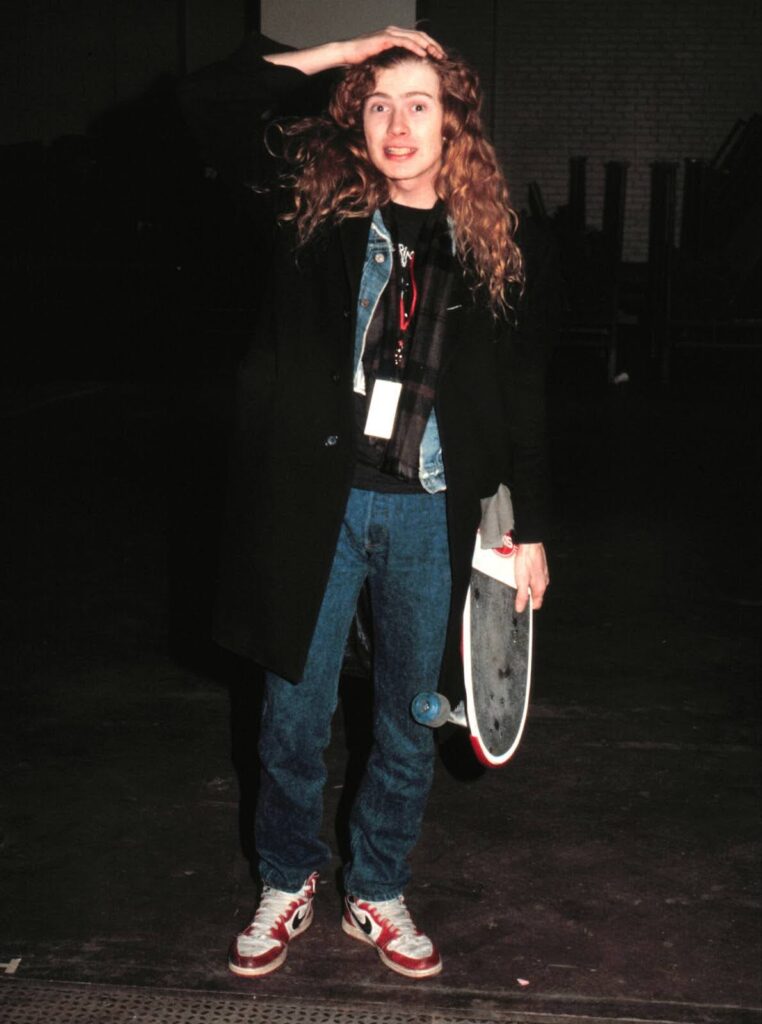
Air Jordan: Punk Approved (via Zack Schlemmer)
PUT IT IN PRACTICE Embrace controversy. Controversy is a scary thing for Marketers. Even though our job is to get attention, no one wants all eyes on you (see Poppi). It’s the fine line between creating buzz and becoming a meme for the wrong reasons. But Nike knew something most brands still don’t: sometimes, a little rebellion is the best kind of Marketing. Here’s your homework: Think about one part of your brand where you’re playing it safe, and come up with ideas on how you could shake things up without losing sight of what your brand stands for. What are the values your brand would stand behind, even under pressure? Find your “line” and push it. |
Nike ran with this energy, crafting a now-iconic campaign that leaned into the controversy. Before long, one of the greatest sneaker commercials of all time was on TV, and the rest is history.
What would have been a footnote buried in the sports pages became real, organic, priceless BUZZ.
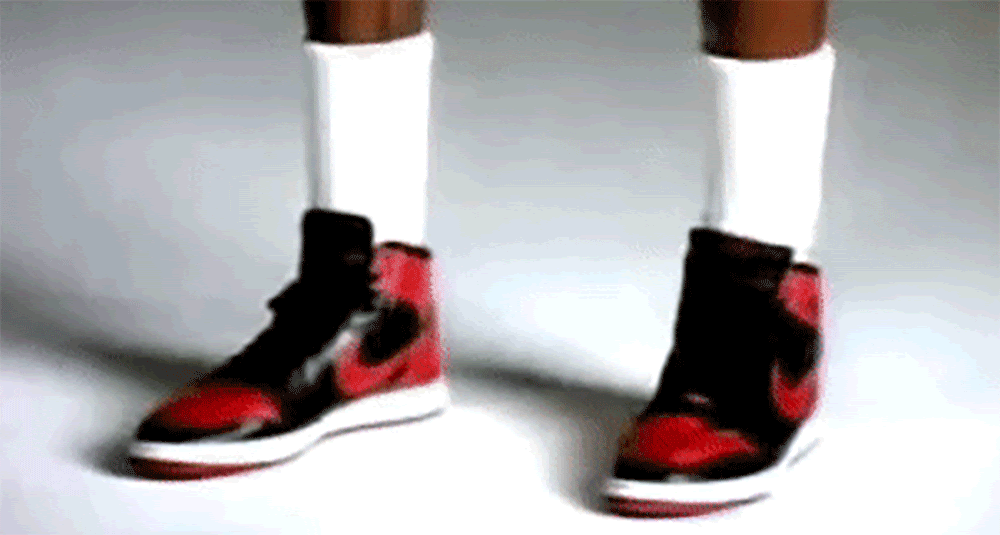
Forever in my “favorite commercials of all time” sheet (via YouTube)
Until this year.
Nike is celebrating the 40th anniversary of the Air Jordan 1 by reviving the Banned campaign in a way that blurs the line between nostalgia and reinvention. In December 2024, they kicked things off with a new commercial that imagined a world without the Air Jordan 1, teasing the idea that history could have unfolded differently. But Nike didn’t stop at a single ad.
They went bigger.
Nike went a step further and placed black bars over select Air Jordan 1 sneakers on its website, creating the illusion that these shoes were still “banned.”
They even digitally censored the sneakers on Michael Jordan’s statue at the United Center in Chicago.
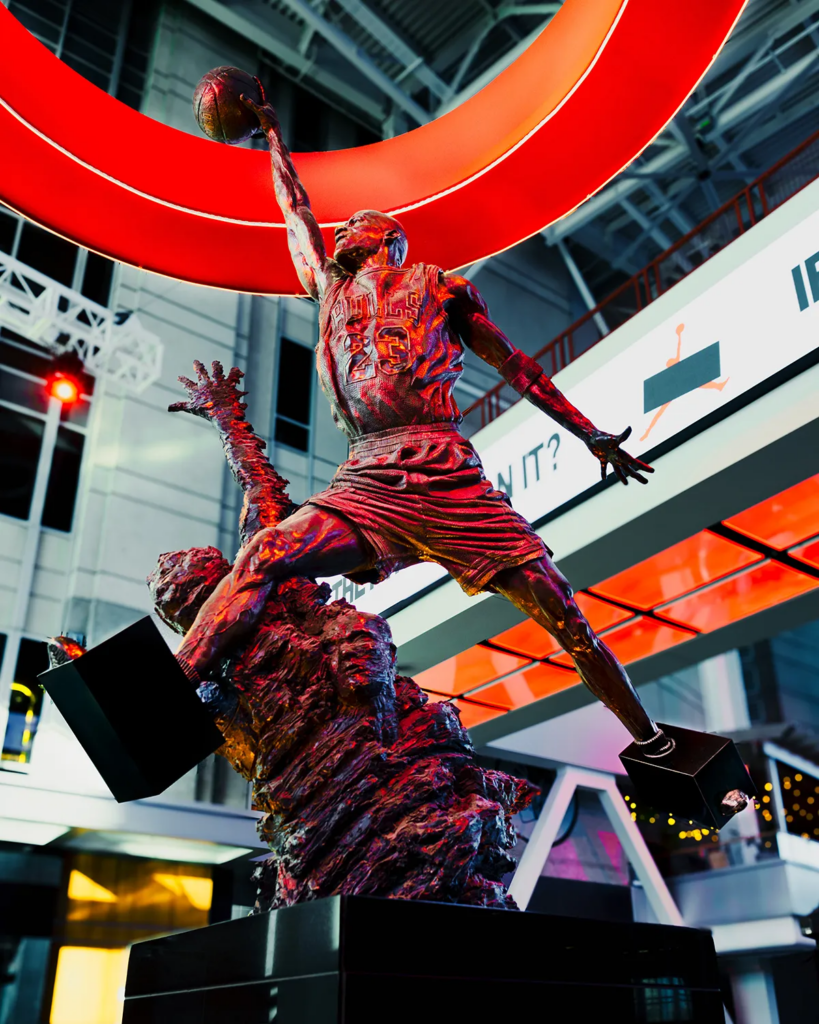
Give the Marketer who came up with this idea a raise (via SneakerNews.com)
By reviving the Banned narrative, Nike is proving that great Marketing doesn’t just sell products.
It creates legends.
And in the sneaker world, no legend is like Mike.
Marketing Cheat Sheet (WHAT TO LEARN FROM THIS GUIDE):
1️⃣. Leverage controversy for attention: Nike turned a fine into a brand-building opportunity. Don’t shy away from those problems (or opportunities). Any move that is pushed back and aligns with your values can create a big buzz and make your brand memorable.
2️⃣. Make them an offer they can’t refuse: Nike’s deal with Jordan was groundbreaking. If you’re confident in your direction, offer something that’s hard to turn down. Saying yes should feel like a no-brainer.
3️⃣. Build on your brand’s history: Nike didn’t just create a new story; they built onthe one they already had. Your brand’s past is GOLD. Use it to create new moments that feel authentic and earned.
IN A MEME
